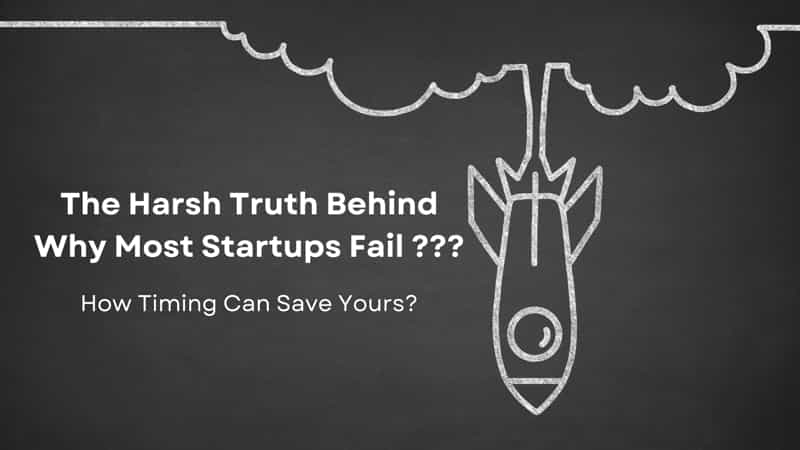The Ultimate Guide to Startup Success: Why Timing is Your Greatest Ally
Startups are hailed as engines of innovation, but why do so many fail despite groundbreaking ideas and massive funding? As someone who has worked with global giants to drive traffic and visibility to their ventures, I’m here to uncover the single most critical factor for startup success: timing. Inspired by the famous TED Talk, “The Single Biggest Reason Why Start-ups Succeed,” this article dives deep into how you can align your startup’s vision with market readiness to maximize success.
The Startup Myth: It’s Not All About the Idea
For decades, entrepreneurs have glorified the “aha!” moment, where the perfect idea sparks the foundation of a company. Yet, analysis of hundreds of startups reveals a startling reality: timing accounts for 42% of the difference between success and failure.
Think about Airbnb—an idea initially dismissed by investors. Its meteoric rise wasn’t just because of its business model or execution; it launched during the 2008 recession when people desperately needed extra income. Uber, similarly, succeeded by capitalizing on a time when drivers sought flexible earning opportunities.
Execution vs. Timing: Why Good Ideas Need Perfect Timing
Execution—your team’s ability to adapt, innovate, and deliver—accounts for 32% of success. But even the most adaptive teams struggle if the market isn’t ready. Consider YouTube vs. Z.com: Z.com had Hollywood talent and funding in 2000 but failed due to poor broadband penetration. YouTube, arriving just two years later with Flash technology and widespread broadband, became an internet juggernaut.
As of 2025, YouTube’s revenue in the United States is projected to reach $22 billion, up from an estimated $18 billion in 2023. This growth is primarily driven by advertising, which constitutes the majority of YouTube’s income, while subscription services contribute a smaller portion.
Statista
Globally, YouTube’s active user base is expected to surpass 900 million by 2025, reflecting a significant increase from approximately 785 million in 2022.
This expanding user base and revenue highlight YouTube’s growing influence in the digital content landscape.
Market Timing: What to Watch For
To assess your timing, analyze these three factors:
- Consumer Readiness: Are people actively seeking your solution?
- Technology Maturity: Is your product dependent on new tech that’s not yet widely adopted?
- Cultural Trends: Are societal norms and behaviors aligned with your offering?
Startup Stats You Should Know
- Over 90% of startups fail, often due to poor timing or market misalignment.
- Startups launched during economic downturns have a 40% higher survival rate if their products align with pressing needs.
- Companies that adapt quickly to market signals grow 3x faster than those stuck to rigid plans.
The Power of Pivoting
Great startups don’t cling stubbornly to their initial ideas. Instead, they pivot when market feedback demands it. Boxers like Mike Tyson say, “Everyone has a plan until they get punched in the face,” and startups are no different. Successful entrepreneurs treat consumer resistance as valuable feedback, adjusting their approach to achieve alignment.
Key Takeaways for Aspiring Entrepreneurs
- Validate Timing First: Don’t rely solely on instinct. Use market research and consumer data to understand readiness.
- Focus on Adaptability: Build a team that can pivot and evolve when market demands shift.
- Embrace Lean Strategies: Start small and scale only when you confirm demand.







